He bent the rules and the drivers to make sounds that feel more real.
A Texan audiophile has made a pair of high-end headphones with a unique twist: the drivers are angled at 15 degrees, copying the natural position of human ears. According to him, this design aims to give a better listening experience by positioning the drivers parallel to the listener’s ears.
Making the Headphones With Angled Drivers
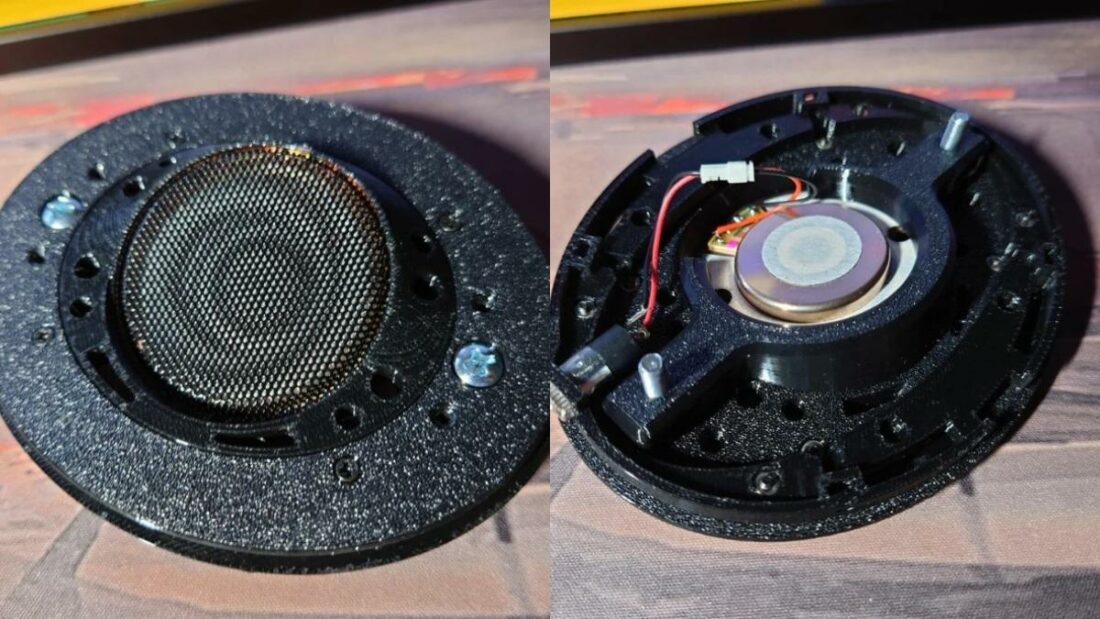
The main feature of Ryan’s headphone design is the 15-degree angled drivers, which are meant to provide a more direct-to-ear sound.
Most headphones have drivers that face straight down, but the angled setup is made to line up the drivers parallel to the listener’s ears. This could improve the sound quality and comfort.
Interestingly, the shell of the headphones is also angled to match the drivers. This is mostly for looks, but this design choice may also add to the overall sound quality.
But getting this angled driver set up to work in a 3D-printed housing took some work.
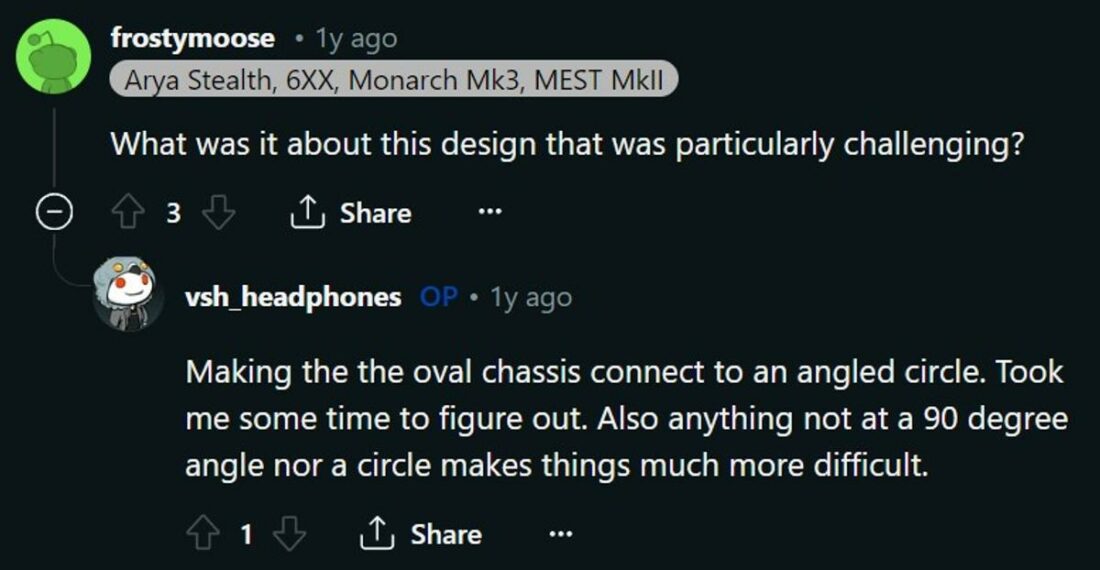
It required rearranging components and adding extra parts. So the assembly process became much more complex. The designer even used screw holes to make sure everything would fit well together, even though some of these holes were not used in the end.
“Typically, a headphone with a driver that isn’t angled is pretty easy to design since well, it’s just facing straight down. No need to deal with weird angles and whatnot.” he shared.
“But for an angled driver, there is essentially a protrusion sticking out. You wouldn’t exactly be able to print it properly if you were to just print it the same way as something that isn’t angled.”
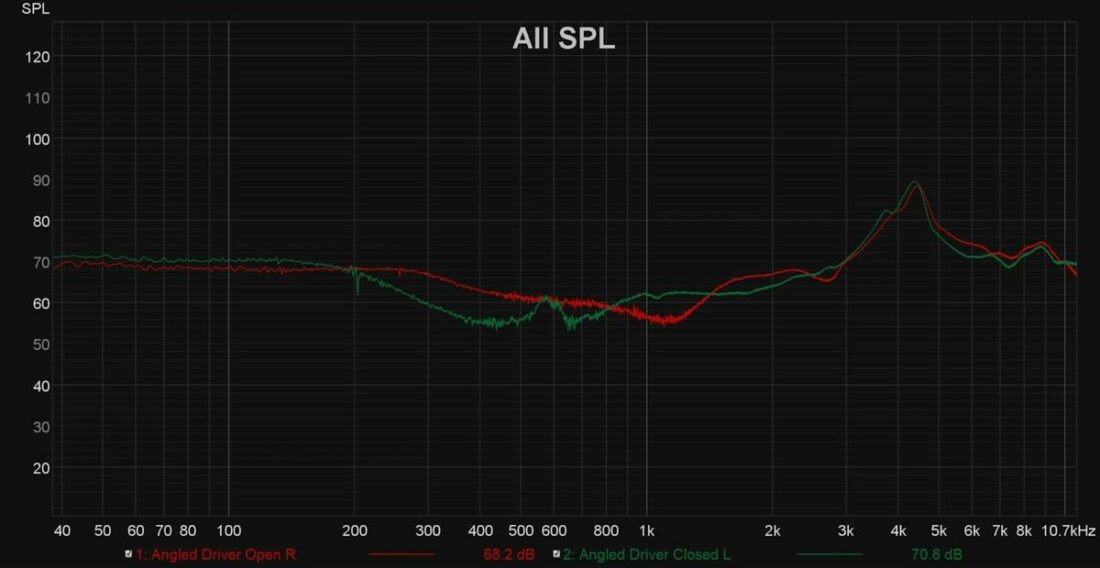
As for the sound, he describes it as warm, detailed, and balanced, thanks to the biodynamic driver.
The closed-back headphones make the soundstage a bit narrow. But, to address this, he also added vents on the bottom of the cups and in the ear pads to stop the sound from being too compressed.
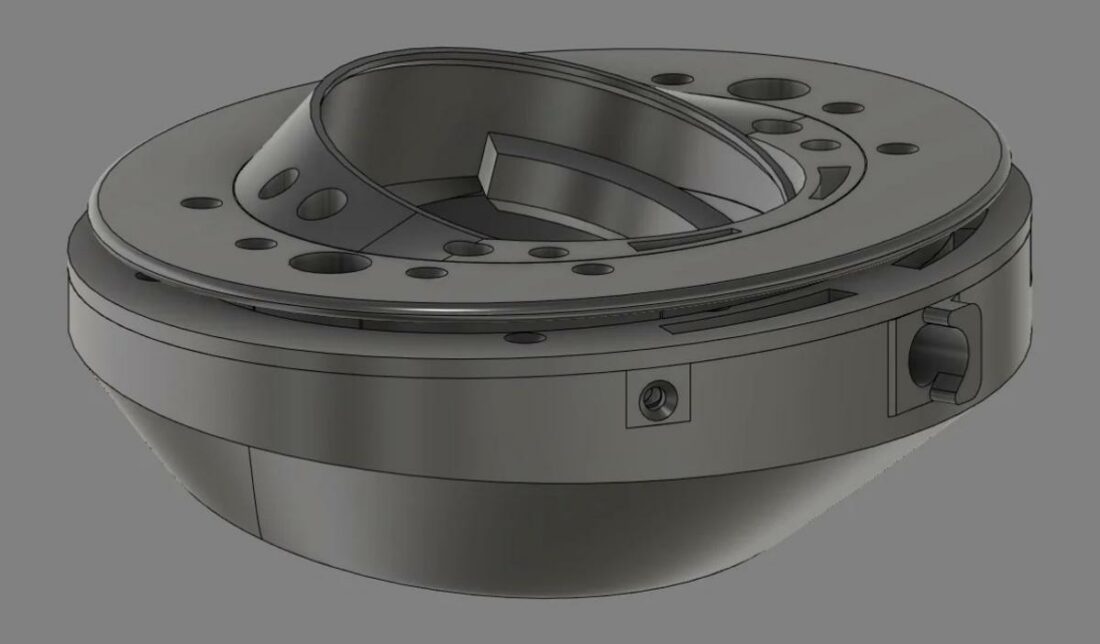
What the Community Thinks
The audiophile’s interesting headphone design has gotten mixed reactions from the community.
Some users are curious about the idea of angled drivers and how they might affect sound quality and comfort. This interest is backed up by the designer’s previous attempt at making a similar design using 50mm drivers, which also had an oval frame connecting to an angled circle.
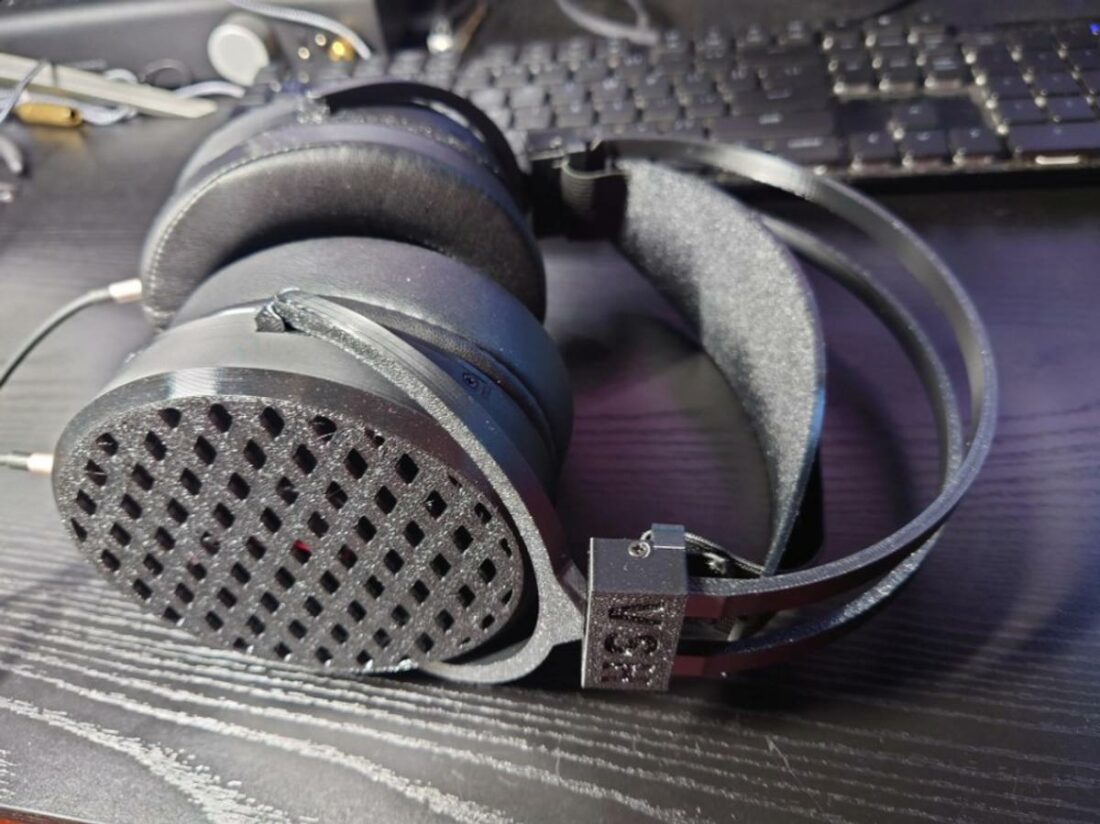
On the other hand, others have questioned the designer’s knowledge and the lack of technical data to support their claims.
One issue is his use of words like “soundstage” and “warm” to describe how the headphones perform. Some commenters say these terms are not clear and can be misleading without proper context or measurements.
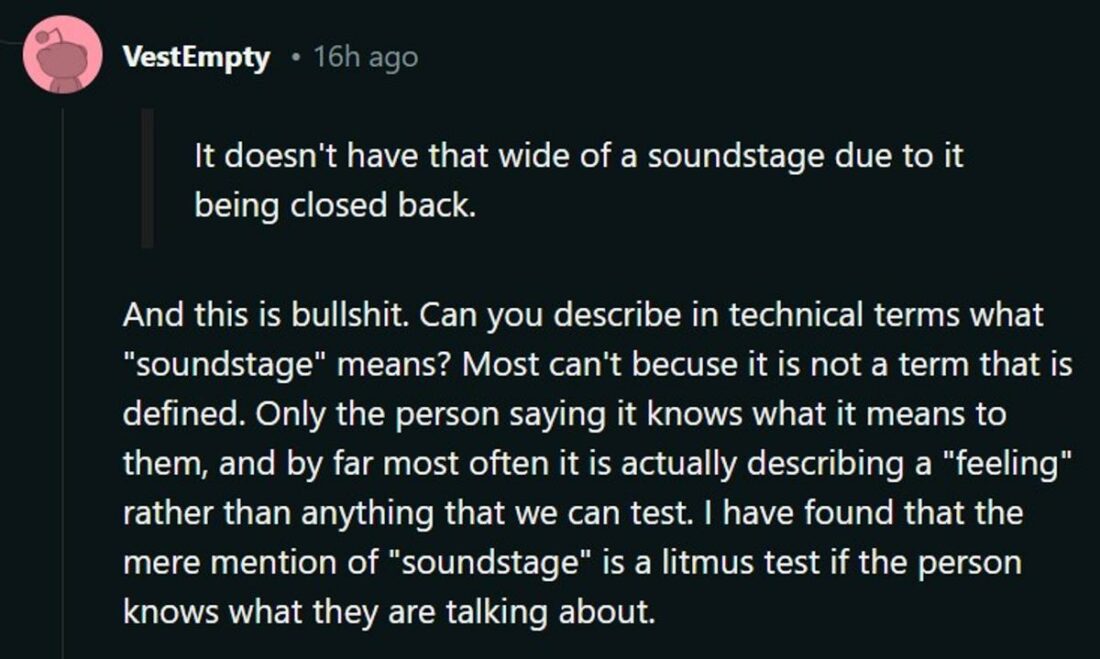
In defense, another user explained the subjective but commonly accepted language used among audiophiles.
Yet, others also worried about the lack of standard measurements, such as frequency response graphs and sensitivity ratings.
While Ryan did give some measurements taken using a miniDSP EARS, the graph showed a bump in the 10-20 kHz range, which may be because of the measurement device itself.
Without more reliable data, it is difficult to judge how well the headphones perform and compare them to other products on the market.
“One thing I would be careful with is calling it high-end if you don’t have data to back that up because it puts up a lot of expectations.” nixielover advised.
“Not meant in a bad way, but I see it happen a lot with audio projects. People will say they made audiophile speakers, but when you ask about the box design and such they tell you they designed it at random, did zero calculations, have no spectrum measurements.”
Despite these concerns, many people appreciate Ryan’s ambitious project and willingness to share his work with the community.
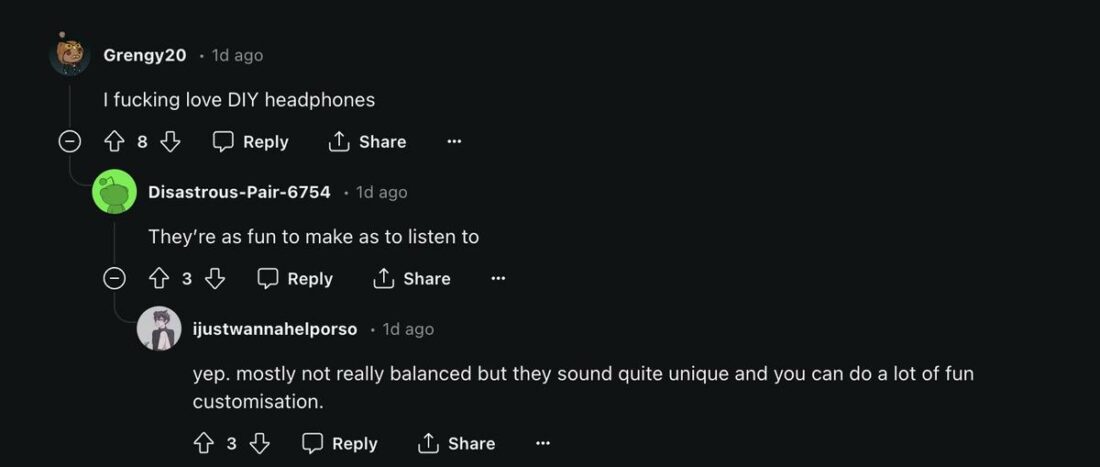
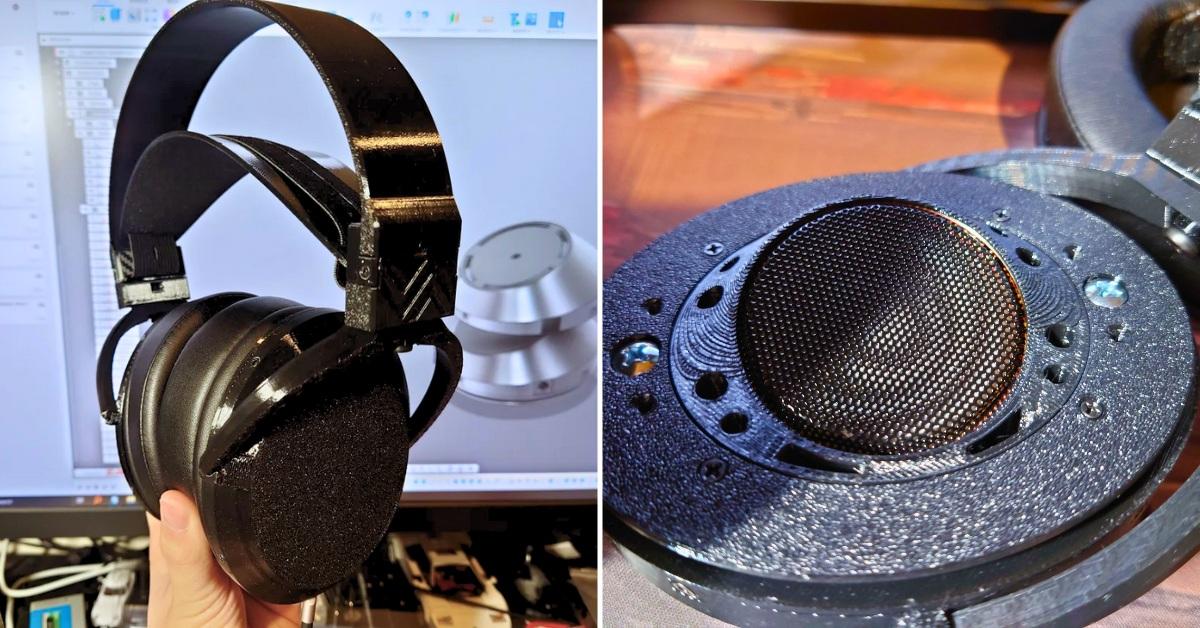
Amazing, sounds like a fun project with a reward!